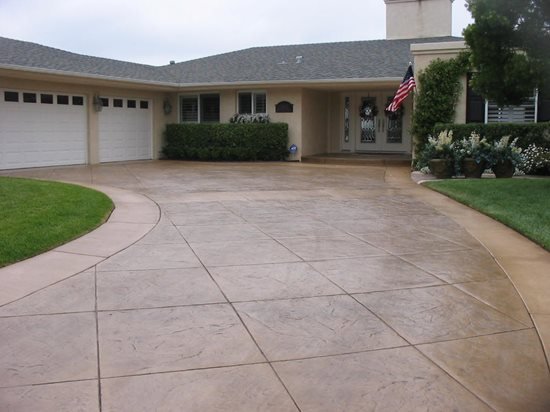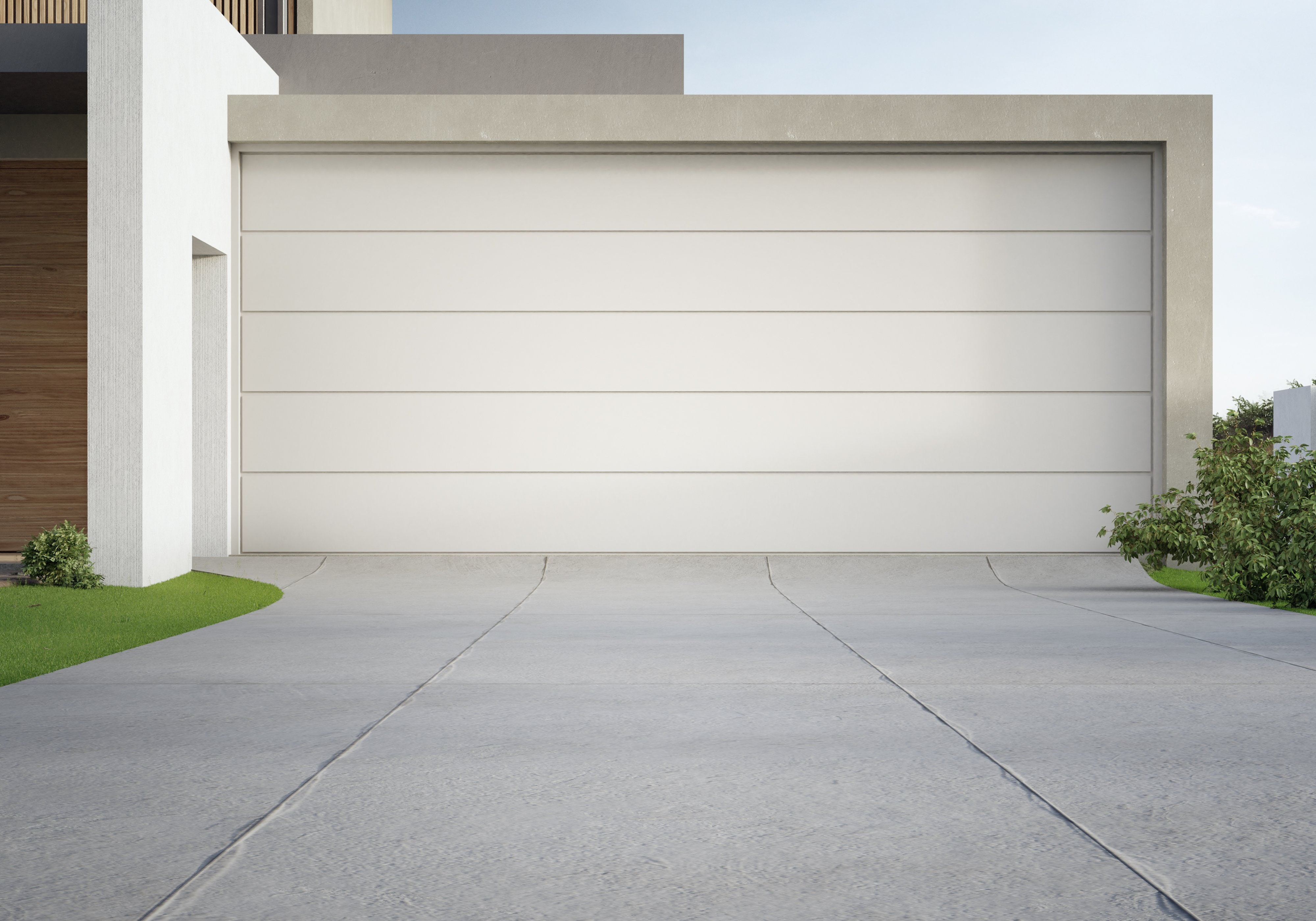Quality and Expertise: Legendary Concrete Brentwood Establishes the Standard
Quality and Expertise: Legendary Concrete Brentwood Establishes the Standard
Blog Article
The Environmentally Friendly Choice: Concrete Sidewalks for Your Neighborhood
Concrete walkways are a common feature in the majority of areas, yet their influence on the environment is typically forgotten. Selecting concrete for your area sidewalks can make a significant distinction in terms of sustainability and eco-friendliness. The benefits of going with concrete surpass plain appearances and functionality. By thinking about the environmental advantages and long-lasting results on the neighborhood, the option of materials for sidewalks becomes an essential choice. Allow's discover why concrete walkways could be the environment-friendly choice your community needs.
Benefits of Concrete Sidewalks
When considering the installment of walkways in a community, the benefits of choosing concrete over other materials are substantial and numerous. Concrete sidewalks provide toughness, standing up to heavy foot website traffic, weather fluctuations, and ecological aspects much better than different products like asphalt or gravel.

Sturdiness and Durability
Just how can concrete pathways outperform various other materials in terms of toughness and long life? Concrete pathways are renowned for their extraordinary longevity and long life contrasted to alternate products like asphalt or pavers. The fundamental strength of concrete makes it very immune to splitting, changing, and basic damage created by foot traffic, weather condition fluctuations, and various other environmental factors. Unlike asphalt, which can soften in high temperatures and fracture in cold problems, concrete maintains its architectural stability, needing minimal upkeep over time.
Concrete walkways additionally have a longer life expectancy than pavers, which are prone to irregular settling, weed growth between joints, and individual paver movement. The solid, constant surface area of concrete minimizes stumbling risks and makes sure a smooth walking course for pedestrians. Furthermore, concrete's sturdiness lowers the demand for regular repair work or replacements, making it a sustainable and economical option for neighborhood walkways. By investing in concrete walkways, areas can enjoy a long-lasting and reputable facilities that improves the total aesthetic allure and capability of the area.
Reduced Upkeep Needs
Concrete pathways stand out for their very little maintenance needs due official statement to their long lasting nature and long-lasting efficiency. Unlike alternative materials that might require regular repairs or substitutes, concrete sidewalks provide an economical remedy that demands little upkeep over time.
Regular upkeep for concrete walkways normally includes simple jobs such as normal cleaning to eliminate debris and periodic securing to protect the surface. In contrast to products like asphalt or pavers that may move, crack, or break down even more conveniently, concrete pathways preserve their structural honesty with minimal treatment. Additionally, any fixings that may be required are typically local and can be attended to promptly, reducing both the time and expense connected with upkeep.

Environmental Benefits
With a focus on sustainability and eco-friendliness, concrete sidewalks offer noteworthy environmental benefits that add to a greener area infrastructure. Furthermore, concrete walkways have a high solar reflectance index, indicating they mirror a considerable quantity of sunshine rather of soaking up and keeping warm.
In addition, concrete is a permeable material that enables water to penetrate into the ground, decreasing stormwater drainage and helping in groundwater recharge. This aids avoid disintegration, lessen flooding, and preserve the natural balance of water supply in the community. By picking concrete pathways, areas can make a sustainable choice that favorably influences the setting and enhances the top quality of life for locals.
Enhancing Neighborhood Sustainability
By prioritizing lasting framework options, communities can cultivate an unified equilibrium between next environmental consciousness and community advancement. Enhancing neighborhood sustainability includes a multifaceted technique that goes beyond simply the environmental advantages of concrete sidewalks. Applying green spaces, promoting energy-efficient practices, and fostering a sense of area involvement are necessary parts of creating a sustainable area.
One way to boost area sustainability is through the combination of permeable concrete walkways. These sidewalks enable rainwater to permeate into the ground, reducing stormwater runoff and minimizing the strain on community drainage systems. Concrete Contractor. By incorporating absorptive walkways, neighborhoods can boost water high quality, minimize flooding risks, and boost overall ecological strength
Moreover, promoting alternative transport techniques such as walking and cycling can substantially reduce carbon exhausts and promote a healthier lifestyle among homeowners. Creating risk-free pedestrian paths, bike lanes, and marked greenways can motivate locals to count much less on autos, even more adding to the area's sustainability goals.
Conclusion
To conclude, concrete pathways provide many benefits for areas, consisting of sturdiness, low maintenance demands, and environmental benefits. By picking concrete sidewalks, neighborhoods can enhance their sustainability and add to an extra environmentally friendly atmosphere. It is clear that concrete pathways are the optimal selection for neighborhoods aiming to improve their infrastructure in discover this info here a lasting and eco-friendly manner.
When taking into consideration the installment of pathways in a neighborhood, the benefits of picking concrete over various other materials are considerable and countless. In addition, concrete's resilience decreases the need for frequent fixings or replacements, making it a affordable and sustainable option for community walkways (Concrete Companies Near Me).With an emphasis on sustainability and eco-friendliness, concrete pathways use significant environmental benefits that add to a greener neighborhood infrastructure. Enhancing neighborhood sustainability entails a multifaceted technique that goes past just the ecological benefits of concrete pathways.In conclusion, concrete pathways use numerous benefits for areas, consisting of resilience, reduced upkeep requirements, and environmental benefits
Report this page